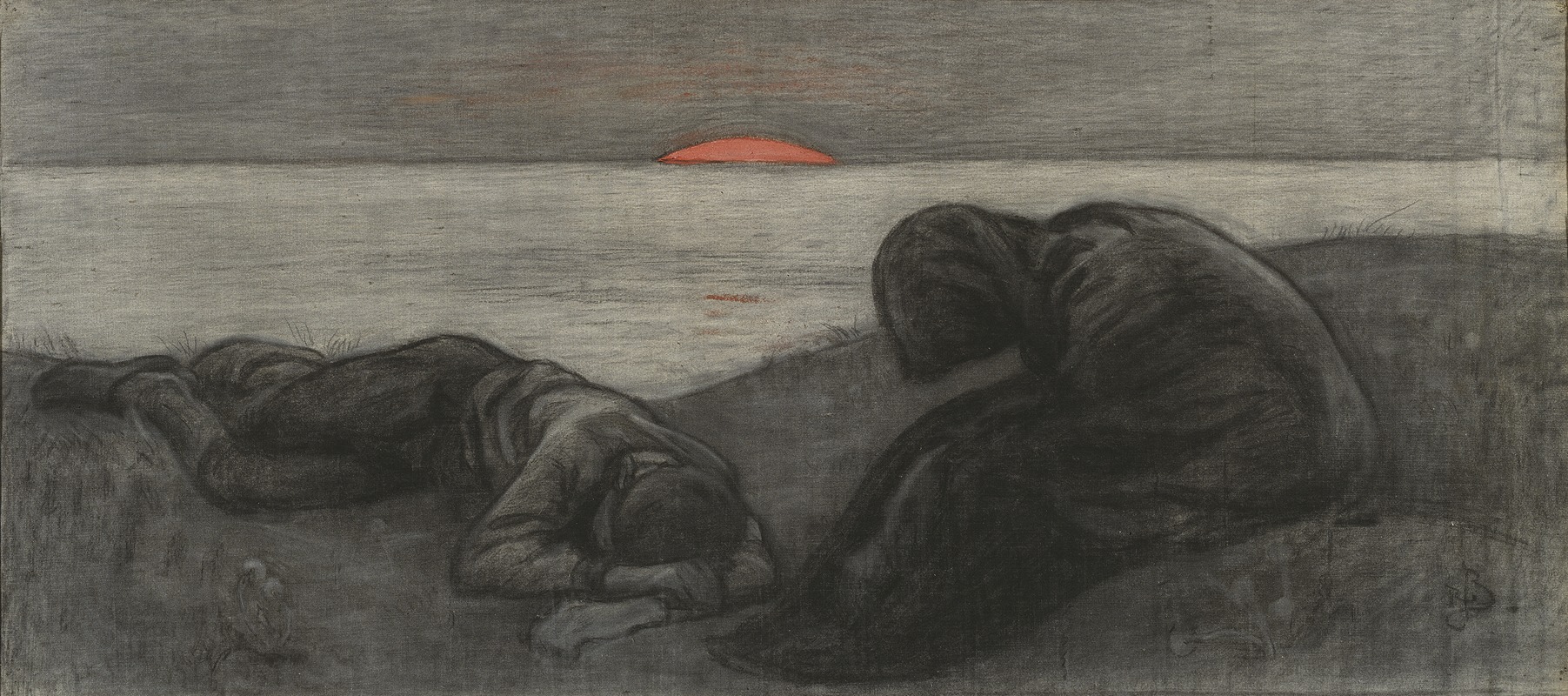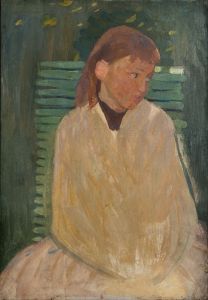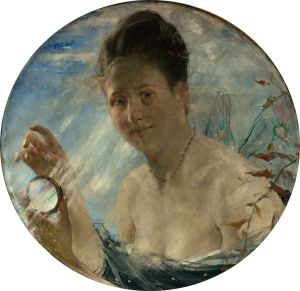
The Dying Day
A hand-painted replica of Richard Bergh’s masterpiece The Dying Day, meticulously crafted by professional artists to capture the true essence of the original. Each piece is created with museum-quality canvas and rare mineral pigments, carefully painted by experienced artists with delicate brushstrokes and rich, layered colors to perfectly recreate the texture of the original artwork. Unlike machine-printed reproductions, this hand-painted version brings the painting to life, infused with the artist’s emotions and skill in every stroke. Whether for personal collection or home decoration, it instantly elevates the artistic atmosphere of any space.
Richard Bergh's painting The Dying Day (Swedish: Dagen svalnar) is a significant work by the Swedish artist, created in 1899. Bergh (1858–1919) was a prominent figure in Swedish art during the late 19th and early 20th centuries, known for his contributions to the National Romanticism movement and his focus on capturing the interplay between nature and human emotion. The Dying Day is one of his notable works that exemplifies his artistic style and thematic interests.
The painting depicts a serene and contemplative scene set during the twilight hours, a time of day often associated with introspection and transition. The composition features a woman seated by a body of water, gazing into the distance. The soft, fading light of the evening bathes the scene in a subdued palette of muted tones, creating a tranquil yet melancholic atmosphere. The title, The Dying Day, reflects the theme of the passage of time and the fleeting nature of life, which were recurring motifs in Bergh's work.
Bergh was influenced by the Symbolist movement, which sought to convey deeper emotional and spiritual truths through art. In The Dying Day, the use of light, color, and composition evokes a sense of quiet reflection, inviting viewers to contemplate the relationship between humanity and the natural world. The painting's mood aligns with the National Romantic ideals of the time, which emphasized a connection to the landscape and a sense of national identity.
The model for the painting is believed to be Gerda Boëthius, who was a close acquaintance of Bergh. Her contemplative pose and serene expression contribute to the introspective quality of the work. The setting, likely inspired by the Swedish countryside, reflects Bergh's appreciation for the natural beauty of his homeland.
The Dying Day is housed in the Nationalmuseum in Stockholm, Sweden, where it remains an important part of the museum's collection. The painting is celebrated for its ability to capture the quiet beauty of a moment in time and its exploration of universal themes such as mortality and the passage of time. It continues to be regarded as a masterpiece of Swedish art and a testament to Bergh's skill as a painter and his sensitivity to the emotional resonance of his subjects.


















